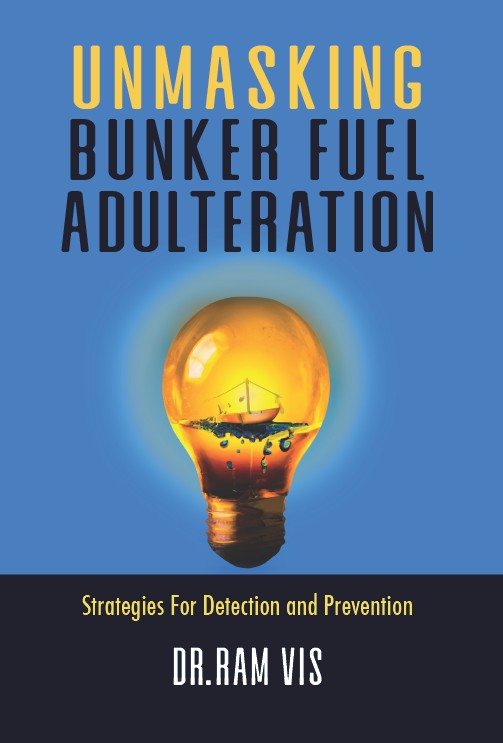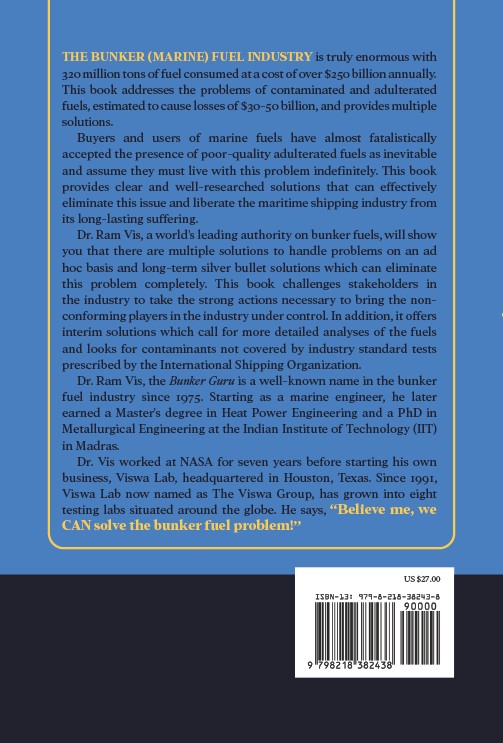
-
Crude tanker demand rose in Q1 2025 due to Indian and Chinese supply concerns after OFAC sanctions.
-
Longer voyages from the Middle East and Atlantic boosted VLCC and Suezmax freight rates.
-
More vessels are shifting to opaque trades, tightening mainstream tanker availability.
-
LR tankers may benefit from resumed refinery activity and longer CPP trade routes despite soft demand.
While mainstream crude oil volumes have dropped compared to 2019 levels, Q1 2025 marked a rebound in crude tanker demand. This was primarily driven by replacement buying in India and China amid fears over supply stability following the OFAC sanctions imposed on January 10 and uncertainty around Russian crude exports. To compensate, these countries increased crude imports from the Middle East Gulf and the Atlantic Basin, pushing up tonne-mile demand and freight rates, especially for VLCCs and Suezmax tankers.
Moderating Growth Expectations
Despite the Q1 uptick, growth is expected to slow due to seasonal refinery shutdowns and a traditional summer dip in Pacific demand. Additionally, discounted Iranian and Russian crude oil has managed to return to key buyers like China and India, despite logistical challenges and port restrictions. This makes it unlikely that these buyers will significantly increase sourcing from traditional regions like the Middle East.
Shifting Vessel Utilization and Market Dynamics
Demand for non-sanctioned tankers that can legally dock in Chinese ports has increased, driven by the need to transport discounted barrels. Many mainstream vessels are now moving to opaque trade operations through secondary sales and purchases (S&P), leading to tighter mainstream tanker supply and increased freight rates in specific trade lanes.
CPP and LR Tankers Outlook
In the clean petroleum product (CPP) segment, tonne-mile demand has surpassed 2019 levels for MR2 and LR2 tankers, even though volumes remain below pre-pandemic averages. Recent quarters saw a drop in CPP cargoes due to refinery outages and softer demand, but freight rates appear to have stabilized. As refinery operations pick back up and geopolitical tensions reroute product flows, especially through the Red Sea and from East to West, LR tankers are positioned to benefit from longer voyage distances and higher cargo volumes.
Overall, ongoing geopolitical risk, structural fleet changes, and evolving trade patterns are adding pressure and volatility to the tanker markets, potentially lifting freight rates amid tighter vessel supply and extended routes.
Did you subscribe to our daily Newsletter?
It’s Free Click here to Subscribe!
Source: Breakwave Advisors

















